New Requirements For Equine Infectious Anemia Testing
February 28, 2020 Comments Off on New Requirements For Equine Infectious Anemia Testing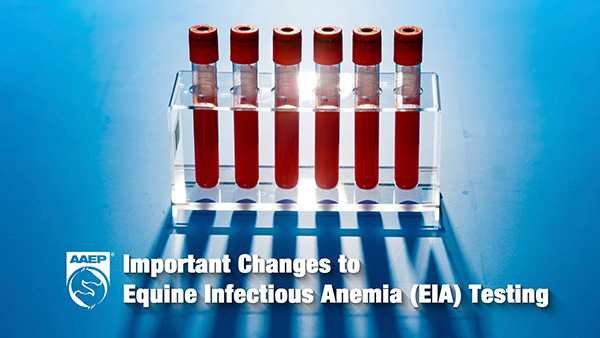
By April 15, 2020, veterinarians must use the current federal approved forms or approved systems (i.e. VS Form 10-11 dated Feb 2018 or VSPS e10-11 form) Contact your local animal health official to obtain current forms.
Continue reading …Increase in Reports of Nocardioform Placentitis in Pregnant Mares
February 20, 2020 Comments Off on Increase in Reports of Nocardioform Placentitis in Pregnant Mares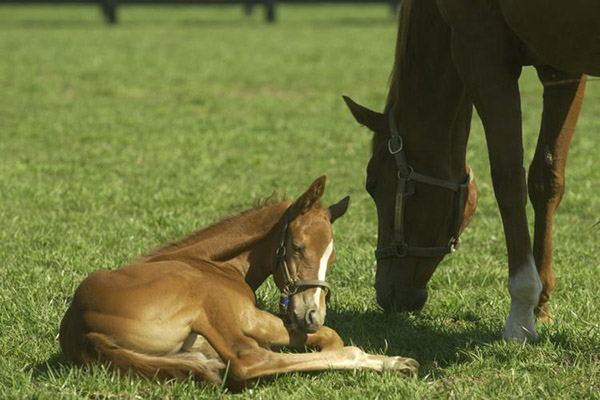
According to research done at UK, the disease will sometimes result in the loss of the foal, but other times may only show up as a change or series of changes in the placenta with no noticeable effect on the foal. Because the bacterial infection is limited to the placenta, the foal itself is not infected. The foal can be underweight at birth or born healthy with the only sign anything was amiss being the telltale lesions found on the placenta.
Continue reading …Splashed White 6 Now Identified and Available for Testing
February 19, 2020 Comments Off on Splashed White 6 Now Identified and Available for Testing
This discovery helps explain the popular “splashed white” pattern common to Paint Horses, and offers the opportunity to test horses for another white spotting pattern through an APHA partner laboratory.
Continue reading …Why “Coronavirus” is Different than Equine Coronavirus
February 19, 2020 Comments Off on Why “Coronavirus” is Different than Equine Coronavirus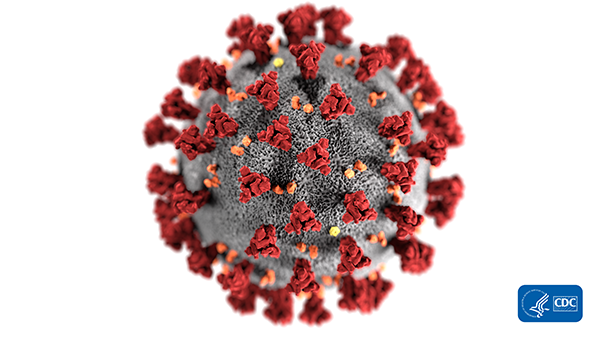
They certainly sound similar, and that’s because a coronavirus is a microscopic strand of RNA, which is genetic material similar to DNA, wrapped in protein. When examined under a microscope, they look like they’re wearing tiny crowns, hence the name. Because this is a virus and not a bacteria, it cannot multiply on its own and must invade a host cell in order to sustain resources to make more viruses.
Continue reading …University of Minn. Begins Largest Ever Study on Muscle Disease in the Horse
February 18, 2020 Comments Off on University of Minn. Begins Largest Ever Study on Muscle Disease in the Horse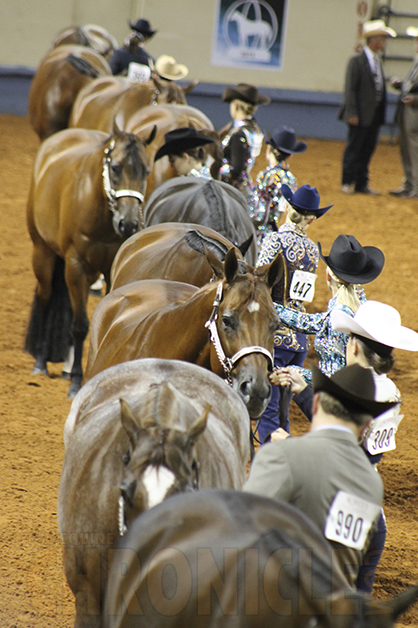
“Muscle diseases are some of the most common health issues horses face, with more than 250,000 horses in the US afflicted each year,” says Molly McCue, DVM, MS, PhD, professor in the Department of Veterinary Population Medicine, associate dean of research at the CVM, and principal investigator on the study. Horses with muscle disease often exhibit muscle pain, stiffness, and a reluctance to move.
Continue reading …Hone Your Horsemanship Skills at Equine Affaire 2020
February 17, 2020 Comments Off on Hone Your Horsemanship Skills at Equine Affaire 2020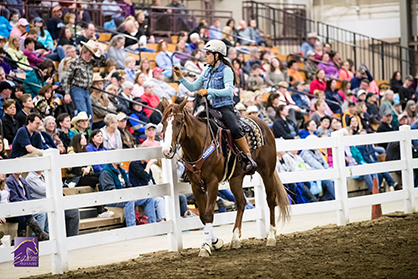
This year’s event showcases the knowledge and talents of Jonathan Field, Craig Cameron, Warwick Schiller, Tik Maynard, Lynn Palm, Jonath Robles and Jim Thomas, plus dozens of other discipline-specific clinicians. With clinics covering everything from general training and horsemanship to core strengthening and yoga for horses, there’s a session for everyone.
Continue reading …Alternative Treatment for Foal Pneumonia
February 16, 2020 Comments Off on Alternative Treatment for Foal Pneumonia
Pneumonia caused by Rhodococcus equi is an insidious, often fatal, infection of foals. It causes abscesses in the lungs and can prove challenging to treat. A combination of two antimicrobials, azithromycin (AZM) and rifampicin (RIF), is widely used for treatment. Combination therapy is necessary as bacteria rapidly develop resistance to rifampicin if it is used on its own.
Continue reading …The Future of Veterinary Medicine
February 15, 2020 Comments Off on The Future of Veterinary Medicine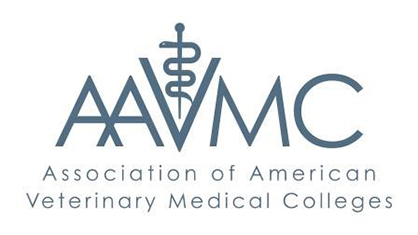
“The future may be unknown, but that doesn’t mean we as a profession can’t prepare for change,” said Dr. John Howe, president of the AVMA. “As the report makes clear, organized veterinary medicine can take steps to identify currents and trends and use those insights to determine how we can most effectively lead the profession into the future.”
Continue reading …Aservo® EquiHaler® is First “Equine Inhaler” For Severe Asthma
February 11, 2020 Comments Off on Aservo® EquiHaler® is First “Equine Inhaler” For Severe Asthma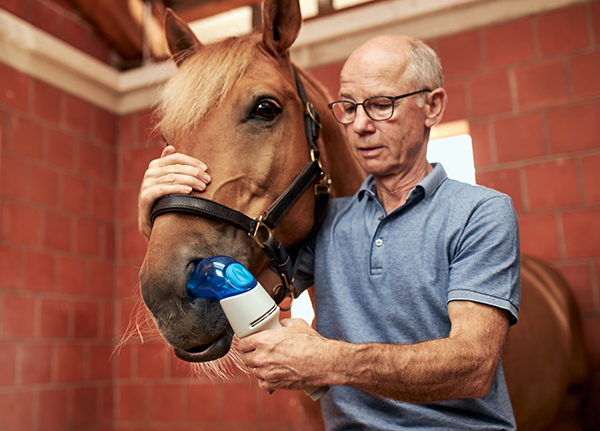
The newly approved inhaler is designed specifically for use in horses. It includes an ergonomic handle and dosing lever for ease of user handling, and a nostril adaptor that fits gently inside the nostril of the horse, allowing them to easily inhale the medicated mist. The active ingredient in the Aservo® EquiHaler® is the prodrug ciclesonide, which is a corticosteroid that is activated directly in the lung, reducing lower airway inflammation associated with severe equine asthma.
Continue reading …Did You Know That Less Than 3% of a Tech’s Schooling Covers Equine Medicine?
February 9, 2020 Comments Off on Did You Know That Less Than 3% of a Tech’s Schooling Covers Equine Medicine?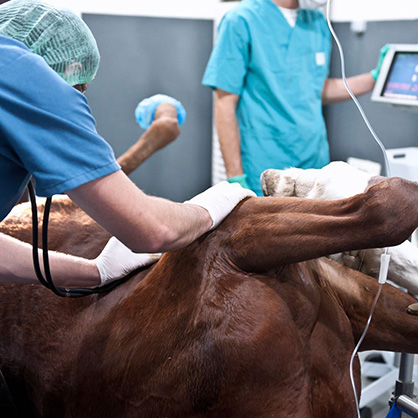
Did you know that less than 3% of a technician’s schooling covers equine medicine? With this lack of training, how do equine technicians learn the basics of what it takes to become a valuable asset on the job?
Continue reading …







